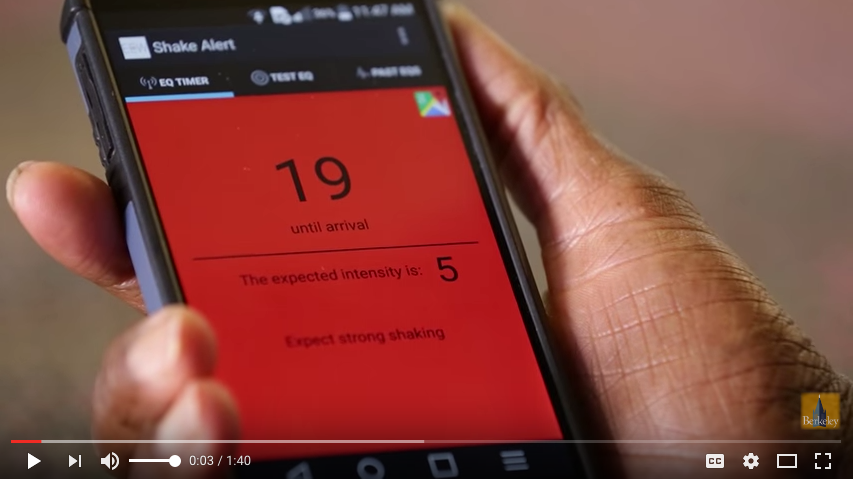Cascadia: Recent Papers
Hawley, W.B., R.M. Allen, M.A. Richards, (2016), Tomography reveals buoyant asthenosphere accumulating beneath the Juan de Fuca plate, Science, 353, 1406-1408, doi: 10.1126/science.aad8104

Abstract:
The boundary between Earth’s strong lithospheric plates and the underlying mantle asthenosphere corresponds to an abrupt seismic velocity decrease and electrical conductivity increase with depth, perhaps indicating a thin, weak layer that may strongly influence plate motion dynamics. The behavior of such a layer at subduction zones remains unexplored. We present a tomographic model, derived from on- and offshore seismic experiments, that reveals a strong low-velocity feature beneath the subducting Juan de Fuca slab along the entire Cascadia subduction zone. Through simple geodynamic arguments, we propose that this low-velocity feature is the accumulation of material from a thin, weak, buoyant layer present beneath the entire oceanic lithosphere. The presence of this feature could have major implications for our understanding of the asthenosphere and subduction zone dynamics.
Martin-Short, R., R.M. Allen, I.D. Bastow, E. Totten and M.A. Richards (2015), Mantle flow geometry from ridge to trench beneath the Gorda–Juan de Fuca plate system, Nature Geoscience, 8, 965-968, doi: 10.1038/NGEO2569

Abstract:
Tectonic plates are underlain by a low-viscosity mantle layer, the asthenosphere. Asthenospheric flow may be induced by the overriding plate or by deeper mantle convection1. Shear strain due to this flow can be inferred using the directional dependence of seismic wave speeds—seismic anisotropy. However, isolation of asthenospheric signals is challenging; most seismometers are located on continents, whose complex structure influences the seismic waves en route to the surface. The Cascadia Initiative, an offshore seismometer deployment in the US Pacific Northwest, offers the opportunity to analyse seismic data recorded on simpler oceanic lithosphere2. Here we use measurements of seismic anisotropy across the Juan de Fuca and Gorda plates to reconstruct patterns of asthenospheric mantle shear flow from the Juan de Fuca mid-ocean ridge to the Cascadia subduction zone trench. We find that the direction of fastest seismic wave motion rotates with increasing distance from the mid-ocean ridge to become aligned with the direction of motion of the Juan de Fuca Plate, implying that this plate influences mantle flow. In contrast, asthenospheric mantle flow beneath the Gorda Plate does not align with Gorda Plate motion and instead aligns with the neighbouring Pacific Plate motion. These results show that asthenospheric flow beneath the small, slow-moving Gorda Plate is controlled largely by advection due to the much larger, faster-moving Pacific Plate.
